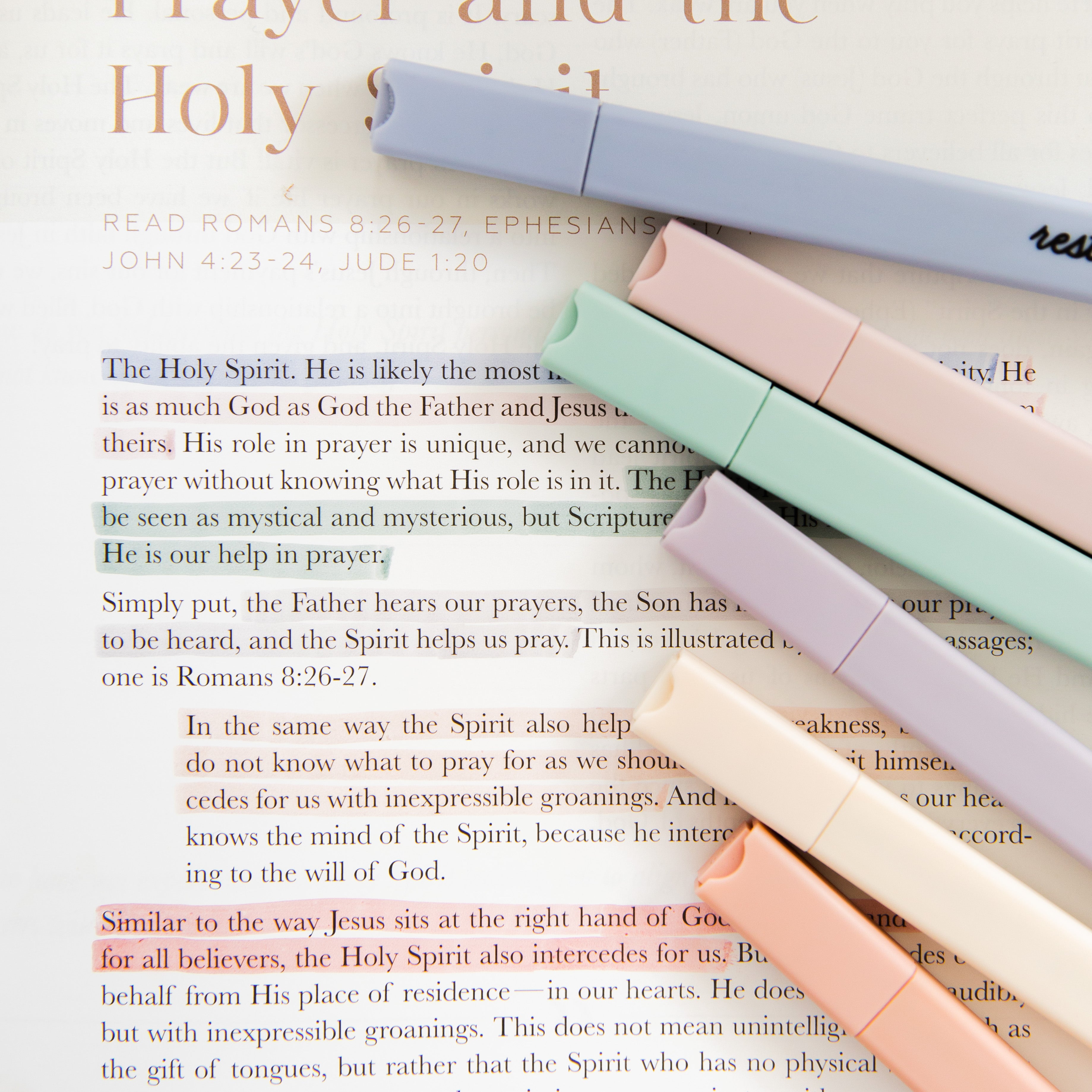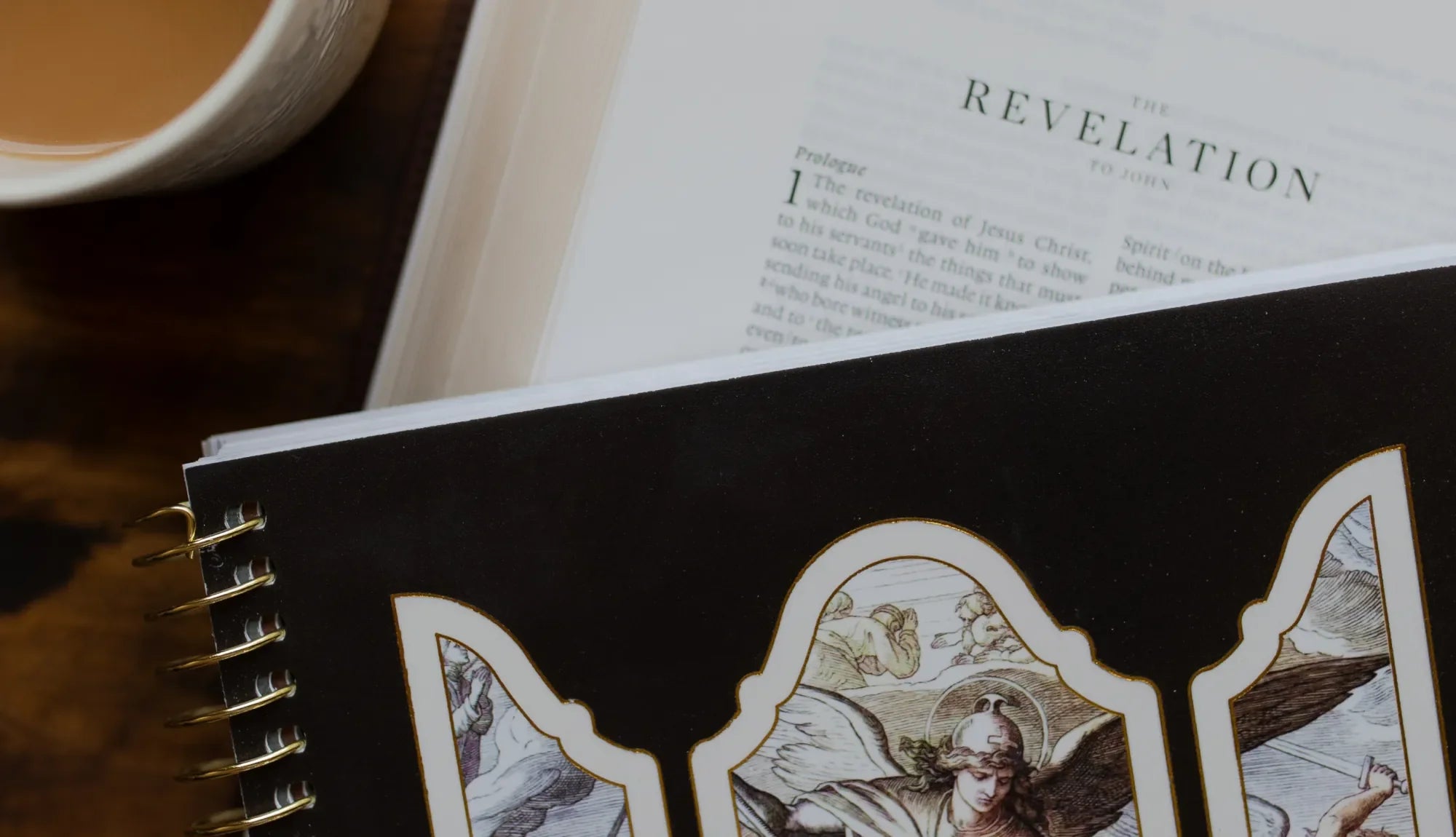“This is how I saw the horses and their riders in the vision: They had breastplates that were fiery red, hyacinth blue, and sulfur yellow. The heads of the horses were like the heads of lions, and from their mouths came fire, smoke, and sulfur.” — Revelation 9:17
“The angel swung his sickle at the earth and gathered the grapes from the vineyard of the earth, and he threw them into the great winepress of God’s wrath. Then the press was trampled outside the city, and blood flowed out of the press up to the horses’ bridles for about 180 miles.” — Revelation 14:19–20
Symbolism and judgment. The book of Revelation is full of each—which often contributes to its reputation as a book that is intriguing yet difficult to understand. Symbolism appears in the first chapter of Revelation and is integrated throughout until the very last chapter. We read of horses with heads like lions, locusts with the tails of scorpions, water that becomes blood, an ancient dragon, and a beast with ten horns and seven heads. This language can often feel overwhelming, unintelligible, and inaccessible. We read it and just aren’t sure what to make of it.
We wonder: “Is this written for me? Or is it for those who live sometime in the future?”
Similarly, chapter after chapter of Revelation speaks of judgment that falls upon the people of the earth. It’s not pleasant to face your humanity or consider the consequences for sin—and these images of judgment can induce fear and anxiety. It may even leave you questioning the goodness of God. Between the complexity of the symbolism and fear of judgment, many readers avoid the book of Revelation altogether.
But the book of Revelation need not be avoided! On the contrary, it is a book that should be dwelt in and enjoyed. It is a book relevant to today’s readers and it is the only book of the Bible that promises a blessing to readers who hear and obey its words (Revelation 1:3).
Even more importantly, Revelation reveals to us the Lord Jesus Christ. He is seen as the glorious Son of Man, the Righteous Judge, the Worthy Lamb, the King of Kings, and the One in whom history finds its culmination. The reader who avoids Revelation because they are fearful or intimidated will miss a valuable opportunity to know Jesus Christ.
Our hope in this blog is to give the intimidated reader a few tools that can help them make sense of this complex book—and enjoy the revelation of Jesus Christ in its pages.
-
Expect that Revelation is for You
Many of us have heard that Revelation is a book about the future. And while the book does give us a glimpse into the future, its primary purpose is not to chart a detailed course of history. The book of Revelation was written by the Apostle John—Jesus’s disciple and the author of the Gospel of John and the Johannine epistles—around AD 95 during the reign of the Roman Emperor Domitian. This was a time of severe persecution for the early church (Revelation 2:3, 13; 3:8–9) and John wrote Revelation to encourage Christians who were enduring persecution and alienation. He wrote to remind them that, though they may experience defeat in this life, their faithfulness in suffering and pain will be rewarded by the Victor, Jesus Christ.
As with every other New Testament letter, we should understand Revelation—within its historical context—as a letter written to a specific group of people yet with continuing relevance to the churches that would follow. So if we think of the book of Revelation as being entirely or even primarily concerned with events of the future, then it would have little relevance to the persecuted Christians of the first century—and little relevance to us today outside of providing hope for Christ’s return and a fuller understanding of the person of Jesus Christ.
It makes better sense to understand the book of Revelation as describing what the persecuted first century believers should know and how they should live as they walk through suffering. When viewed this way, the book of Revelation is understood to be a symbolic presentation of the conflict between good and evil. Its various visions teach spiritual lessons that find fulfillment in innumerable events between the first coming of Christ and His return; and as a reader, you are not restricted to looking for future fulfillment for these visions. You should expect the images of Revelation to find fulfillment in the first century, in the present age, and in the future.

-
Expect Symbolic Language
John uses rich symbolism throughout the book of Revelation. Symbolism is a literary device in which an author uses an image to stand for something else beyond its typical or literal meaning. Twice in the opening verses of Revelation, John indicates to us that understanding this symbolism is vital to understanding the book of Revelation. In Revelation 1:1, he uses the Greek word apokalypsis—often translated as “uncovering,” “revealing,” or “disclosing”—to indicate that the book is going to reveal Jesus Christ and His work through vivid symbols, images, and visions. Additionally, we see the phrase “he made it known.” This phrase translates the Greek work semaino, which is often translated as “sign” or “signal.” The idea behind this phrase is that God will give John revelation through a series of symbols. These symbols, while indirect, are nonetheless revealing timeless truths to real people so that they might live in obedience to God.
Given that the book communicates real truths symbolically, we should be careful not to approach the book in an overly literal manner. After all, we don’t want to find ourselves watching the news looking for a beast with seven horns and ten heads. However, we should seek to identify the vision given to John, determine what the vision symbolizes, and then identify what or to whom the vision may refer (keeping in mind that it may have multiple historical referents). The more effort you put into learning what the visions symbolize, the easier it will be to determine what they might refer to.
-
Much of Revelation is Cyclical
Christians are looking forward to the return of Christ, and it is toward this event that much of Revelation is oriented. The book culminates in chapters 19–22 with Christ’s return and the establishment of His eternal kingdom—but His Second Coming is also mentioned throughout the book of Revelation (Revelation 1:7; 2:5; 2:16; 3:11; 6:12–17; 11:15–19; 14:14–20; 16:15–21). Interestingly, each of the three cycles of judgments—the seal judgments, trumpet judgments, and bowl judgments—culminates with a description of the return of Christ (6:12–17; 11:15–19; 16:15–21).
This parallelism indicates to us that each cycle of judgment describes the same period of time, at least to a degree. (There are differences of opinion on the extent of the overlap, but it’s likely that both the seal and trumpet judgments refer to the entire period of time between the first coming of Christ and His return at the end of history.) While each cycle of judgments covers the same period of time, each does so from a unique perspective. By understanding the cyclical and repeating patterns of the book, we can better understand how the events relate to one another and to history.

Additionally, when we understand the visions of Revelation as generally describing patterns of judgment that occur throughout human history leading up to the Second Coming of Christ, it is easier for us to understand how this book might be applied today. For example, while the beast of the sea (the antichrist) may manifest at a future time as an individual leader who opposes God and His people, the beast has, throughout history, manifested himself as powerful kingdoms, governments, or institutions with widespread influence that inspire false teaching, persecute believers, and draw people away from Christ (Beale, 2015).
The book of Revelation need not intimidate or overwhelm you. God intended it to reveal Jesus Christ to you and to bless you. It is our hope that by recognizing the symbolic and cyclical nature of the book of Revelation you can more easily understand, apply, and obey the words of Revelation—because this book isn’t solely intended to give you a timeline of the future. It’s a book intended for you to hear and to keep (Revelation 1:3).

For more information be sure to check out our brand new Bible study, Revelation: The End of Time and The Eternal King.
Sources:
Beale, Gregory K., and David H. Campbell. Revelation: A Shorter Commentary. Grand Rapids, MI: Eerdmans, 2015.










